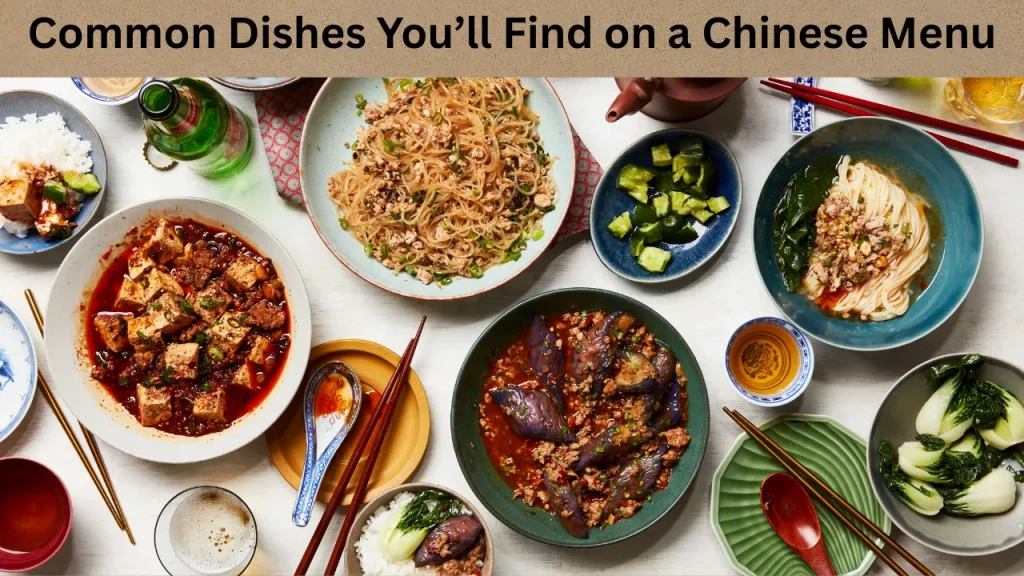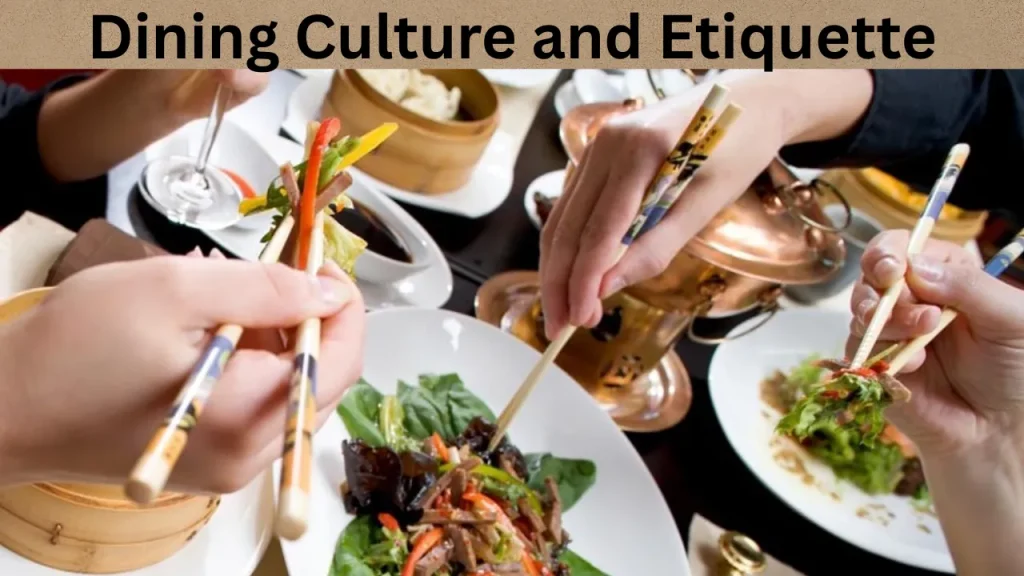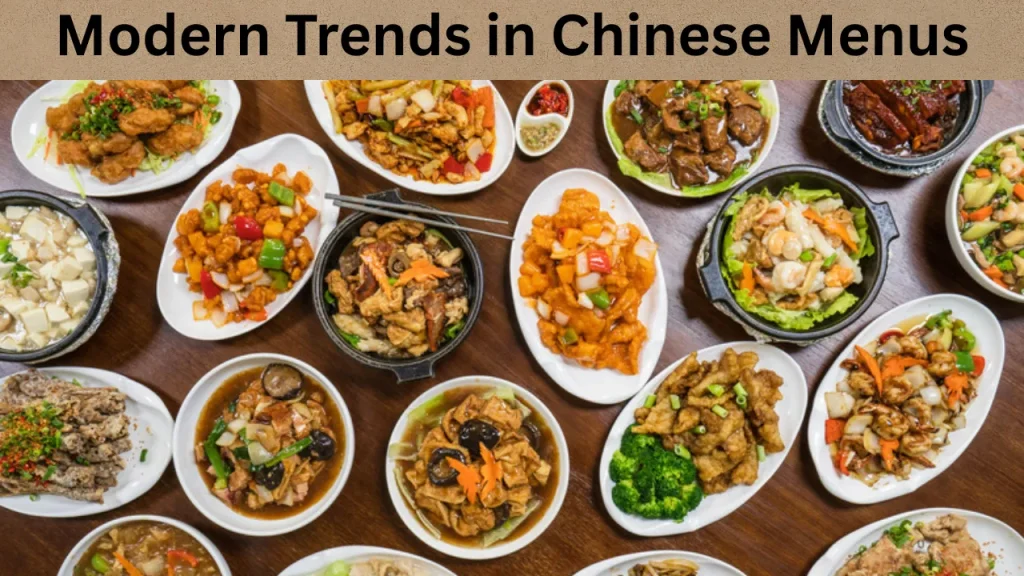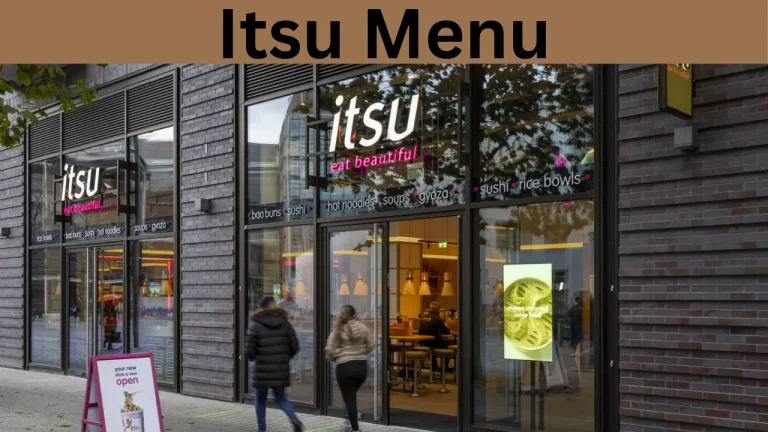Chinese Menu: A Flavorful Journey Through Tradition and Taste

When you walk into a Chinese restaurant, you’re stepping into a world of history, flavor, and culture. The Chinese menu reflects centuries of culinary tradition, balancing ingredients, textures, and cooking techniques. It offers something for everyone—meat lovers, vegetarians, seafood enthusiasts, and those who crave spice or savor sweetness. Whether you are dining at a casual takeout place or an upscale dim sum house, understanding the menu makes the experience more enjoyable.
Also Read: mcdfoofforthoughts.co.uk
What Is a Chinese Menu?
A Chinese menu is a collection of dishes served at Chinese restaurants, representing different regions like Sichuan, Cantonese, Hunan, and Mandarin cuisine. It usually starts with appetizers and moves through main dishes, sides, and desserts. These menus are often extensive, featuring noodles, rice dishes, soups, and various meat and vegetable combinations.
Restaurants often categorize dishes based on the type of protein (chicken, beef, seafood) or method of preparation (stir-fried, steamed, braised). This menu often features family-style dishes meant to be shared, creating a community-centered dining experience.
Structure of a Traditional Chinese Menu
To understand a Chinese menu, it helps to know how it’s structured. Unlike Western menus, which may offer individual meals, Chinese menus are built for sharing. Dishes come to the table all at once or in quick succession, giving everyone a chance to taste a variety of items.
| Section | Common Dishes |
|---|---|
| Appetizers | Spring rolls, dumplings, scallion pancakes |
| Soups | Hot and sour soup, egg drop soup, wonton soup |
| Poultry | Kung Pao chicken, General Tso’s chicken, Peking duck |
| Beef & Lamb | Beef with broccoli, Mongolian beef, cumin lamb |
| Seafood | Shrimp with lobster sauce, salt and pepper squid |
| Vegetables | Stir-fried bok choy, eggplant in garlic sauce |
| Rice & Noodles | Fried rice, lo mein, chow fun, dan dan noodles |
| Desserts | Sesame balls, almond jelly, mango pudding |
Each section includes dishes that range in flavor from mild to spicy, from savory to sweet. This menu showcases a balance of elements to ensure no single flavor overpowers the meal.
How to Order from a Chinese Menu
Ordering from a Chinese menu can be overwhelming if you’re not familiar with the cuisine. Here are a few tips that can help you make better choices:
Don’t skip the chef’s specials—they’re often highlights of the restaurant and give you a taste of house expertise.
Ask the staff for recommendations if you’re unsure—they often know what dishes are most popular or freshly made.
Try one dish from each category to create a balanced meal—maybe one meat dish, one vegetable dish, rice, and soup.
Check the spice level if you’re sensitive to heat. Many Sichuan dishes can be quite spicy, while Cantonese ones are usually milder.

Common Dishes You’ll Find on a Chinese Menu
This menu offers a wide selection of well-loved dishes that cater to different preferences. Some dishes, like fried rice and spring rolls, have become international favorites. Others, such as mapo tofu or Peking duck, remain cultural icons.
Fried rice is often served with eggs, vegetables, and a choice of meat or seafood. Lo mein features stir-fried noodles with soy-based sauce and crunchy vegetables. Kung Pao chicken combines diced chicken with peanuts and chili peppers for a spicy, nutty flavor. These dishes represent a cross-section of Chinese cooking that balances color, aroma, and taste.
The Importance of Balance in the Chinese Menu
A traditional Chinese menu emphasizes harmony between ingredients. Dishes are designed to be complementary, not overpowering. You’ll often find meals that pair a protein-rich main dish with a light vegetable side or a hearty noodle bowl with a fresh soup.
The concept of yin and yang applies to food as well. For example, spicy and cooling dishes may be served together to balance internal energy. This focus on harmony ensures a satisfying meal both in taste and nutrition.

Dining Culture and Etiquette
When eating from a Chinese menu, meals are usually shared among the table. Everyone gets a taste of multiple dishes, encouraging connection and interaction. It’s common to use chopsticks, and meals often begin with a toast using tea or rice wine.
Restaurants usually avoid rigid courses, so soup may come after a main dish or with it. Diners are expected to try a bit of everything rather than finishing one plate at a time. The experience is more relaxed and communal compared to Western dining traditions
Table of Popular Chinese Menu Items with Descriptions
| Dish | Description |
|---|---|
| Sweet & Sour Pork | Crispy pork tossed in a tangy pineapple sauce |
| Dim Sum | Bite-sized dumplings and buns served in bamboo steamers |
| Hot Pot | DIY soup cooking at the table with meat, veggies, and noodles |
| Egg Fried Rice | Classic rice stir-fried with egg, green onions, and optional meats |
| Peking Duck | Roasted duck with crispy skin, served with pancakes and hoisin sauce |
| Szechuan Chicken | Spicy chicken stir-fried with chili peppers and garlic |
| Wonton Soup | Clear broth with filled dumplings made from thin dough wrappers |
| Ma Po Tofu | Soft tofu in a spicy bean sauce, often mixed with minced pork |
Each dish tells a story of cultural heritage and tradition. These are the items most frequently found on any Chinese menu, whether it’s in Beijing or New York.

Modern Trends in Chinese Menus
In recent years, Chinese restaurants have adapted to customer preferences by offering vegetarian, gluten-free, and even vegan options. Many now include English translations, photos, and spice levels to help diners make better choices.
Online ordering and digital menus have also become common. This allows customers to browse through the full Chinese menu from their phones, making the dining experience smoother and more accessible.
Popular Sauces and Seasonings in the Chinese Menu
Flavors in this menu are enhanced by a variety of sauces and seasonings. These condiments are essential in Chinese cooking and help define each dish’s profile.
| Sauce/Seasoning | Used In | Flavor Profile |
|---|---|---|
| Soy Sauce | Noodles, stir-fries, dipping sauces | Salty, savory |
| Oyster Sauce | Vegetable dishes, meat glazes | Rich, sweet, umami |
| Hoisin Sauce | Duck, BBQ dishes, wraps | Sweet, thick, slightly tangy |
| Chili Oil | Sichuan dishes, dumpling dips | Spicy, aromatic |
| Black Bean Sauce | Stir-fried beef, tofu | Earthy, salty |
| Vinegar | Dumplings, sweet & sour sauce base | Tart, sour |
These condiments are often offered at the table or added during cooking to give dishes their signature taste.
Why the Chinese Menu Appeals Globally
The Chinese menu has global appeal because it blends variety, comfort, and bold flavor. Whether you’re eating with chopsticks or a fork, the experience is exciting and nourishing. The dishes offer deep roots in history while constantly adapting to meet modern palates.
Chinese cuisine focuses on balance—between sweet and savory, crunchy and soft, light and rich. That philosophy translates into the layout and offerings of a well-crafted menu. It’s not just about food, but about storytelling and sharing culture through each bite.
Final Thoughts
The Chinese menu is a gateway to one of the world’s most celebrated cuisines. From spicy Sichuan dishes to delicate Cantonese seafood, it tells stories of geography, tradition, and evolution. By exploring different categories and regional specialties, you not only taste something delicious but experience a piece of China’s vibrant culinary heritage.
The next time you sit down at a Chinese restaurant, don’t just order the usual. Take a moment to explore the full this menu and try something new. Whether you go for the fiery heat of mapo tofu or the subtlety of steamed fish with ginger, you’re in for a flavorful adventure.






